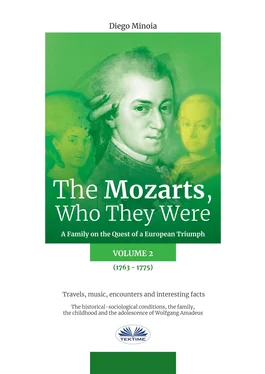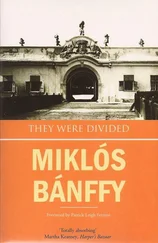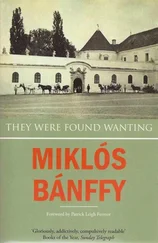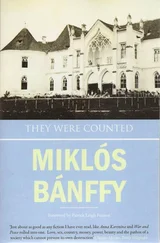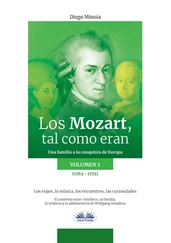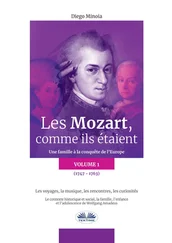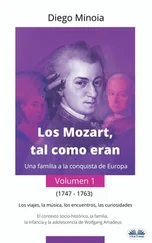The objective of this labor of love is to offer a new instrument, less specialistic and certainly not musicological, but with a wealth of information, extracting acquired facts that will allow us to completely lose ourselves in the way of life of the mid to late 1700s.
I hope that I have been successful in personifying the Mozarts without downplaying the individual. My aim is to display the evidence with the simplicity and clarity of my decades of interest in Amadeus, Leopold, Nannerl and the thousands of characters in which they came into contact.
Right from the beginning, my intention was to write a book that would be interesting and pleasurable to read with ease and entertainment for musicians - who don't always find informative and specialized publications of detailed study which offers a better understanding of the context in which Mozart lived - as well as for music lovers, who will become acquainted with Mozart as a human, rather than the Salzburg “genius” high on his pedestal, as is often the case.
All will be discussed without the long digressions of a “critique”, but rather with the affinity and affection of which the Mozarts are deserving. What they contributed to mankind far outweighs what they received in return.
I will tell you what the Mozarts were truly like, how they lived and how they thought during the 18 thcentury, with the addition of interesting facts relative to situations or matters where they are pertinent to the reader related to the Mozarts in Salzburg, while they were on their “European Tour” and during the three times they traveled to their beloved Italy.
In Volume 2, we will be looking at the period dating from 1747 – 1775. Nearly thirty years that consisted of the formation of the Mozart family; the birth of their children, the early sojourns from Salzburg that served to introduce the child prodigies to society, the Grand European Tour, the three journeys to Italy and the final attempts in Vienna and Munich by Wolfgang, accompanied by his father.
After this period, Amadeus traveled alone, with the exception of a brief initial journey with his mother between Munich and Paris, where she died. He then relocated definitively to Vienna, where he married, concluding his artistic and human parabola in 1791. The period following 1777, Amadeus returned to a new phase of his life that went beyond his range.
The reader who is interested in this book can choose, based on his or her preference, between the e-book version or the printed hardcopy, both available in two separate volumes.
The Mozarts and the Grand European Tour / 2
22 ndstop: Paris
Paris (from Friday 18 November 1763 to Tuesday 10 April 1764)
Some information about Paris...
Origins: already a Celtic settlement for centuries, when the Romans arrived in 53 B.C., it was a village occupied by the Parisi. Besieged and conquered, it was renamed Lutetia parisiorum (Lutetia of the Parisii). It then became a Roman city with thermal baths and an amphitheater, and in the 4 thcentury it appeared for the first time with the name of Parisius (the city of Paris) in a text of the historian, Ammiano Marcellino.
During the Mozart's time: after relocating to the French Court of Versailles by will of Louis XIV in 1682, Paris held its place as the capital of France and the cultural and primary economic center. The presence of the residences of all of the principle aristocratic families of the kingdom and of a financial and entrepreneurial class on the rise made it a city rich in theaters and the fashion center that would disseminate throughout the rest of Europe.
Having reached Paris, the Mozarts then stayed at the Hôtel Beauvais, the residence of the Count Eyck, Ambassador of Bavaria. Describing his arrival at the French capital, Leopold Mozart writes that the outskirts of the city looked like a village, but as they travelled toward the center, the landscape changed with well-built and comfortable buildings where, he mentions the palace that hosted them, the planning was so functional, that “ even the smallest corners were useful for something ”. Obviously, his first complaint was the high cost of everything: nothing is at a good price except the wine. The list of expenses including the board (ten days, excluding bread and wine, cost 2 louis d'or, which corresponded to 22 Salzburg florins) of which there was the daily added cost of two bottles of wine (20 soldis) and bread (4 soldis) to a grand total in 48 Salzburg kreuzers for lunch and 48 soldis for dinner, evidently more frugal.
A complete list of the common coins in use in France and their value of conversion with the Salzburg coin (that Leopold, as tourist still do today, tried to simplify by rounding up the amounts) allowed Haganauer to better understand the extent of the expenses that the Mozart family had to sustain.
This objective of this information, as we have already said, served to deny the fact that the people in Salzburg should not believe that the Mozart family was becoming too wealthy, which would have created envy in the small Princely Court which, from faraway, would not have been possible to defuse.
A lot of the news he reserved to be communicated in person after his return, but some he thought important to write in his letters, for example, the water of Paris: “ The worst thing here is the drinking water that is brought from the Seine River, which is revolting ”. Actually, the Mozarts were in an enviable situation seeing as they lived in a noble palace and enjoyed the privileges that the rich procured by the master of the house, such as having water in the household while it was a daily and tiring undertaking for the commoners.
Leopold talks about the water-carriers of Paris, having received the “privilege” of the King, were made to pay a State tax to carry out their work which consisted of gathering the water from the river or the fountains and while carrying it in buckets, had to yell “water!” while walking the streets, selling it to who was in need and could pay. In any case, even while fortunate, the Mozarts, like the the aristocrats, had to undergo the daily routine to treat the water, which had to first be boiled and left to sit so the residuals settled to the bottom of the pail.
If this procedure was not scrupulously followed, the consequences were unpleasant; the best case scenario, diarrhea, if not worse. Leopold said that almost all of the tourists who stayed in Paris in the beginning, suffered from this ailment, and that the entire family had to endure it, even if in a more tolerable form.
Water in the 18 thcentury in Europe
To better understand how things have changed in terms of use and abuse over the centuries, the example of water is a perfect representation. In our modern cities today, we take for granted this precious resource. All we have to do is turn a handle and it appears, hot or cold as needed.
It has been calculated that the consumption of water per capita (for domestic, industrial, public and agricultural use) has increased from 200 liters a day during the mid 1900s to 2,000 liters a day in modern times (and beyond that in the more wasteful areas). To have an immediate perception of the difference, just imagine that in the 1700s the average Parisian had 5 liters of water a day available, and 10 liters available at the turn of the century.
It is obvious, with the quantity of water available, that personal hygiene was not among the first and foremost of priorities. Baths were taken in the river in the summer (even though there was a preconceived notion that this practice was harmful to the male gender's body, fearing a loss of physical strength) and in the few public baths.
Approximately 300 bathtubs were available in Paris in 1789 in the public baths and about an additional thousand private bathtubs in the homes of the nobility (but only a tenth of the aristocratic palaces in 1750 had an actual bathroom, although in Versailles, Louis XVI installed six).
Читать дальше
